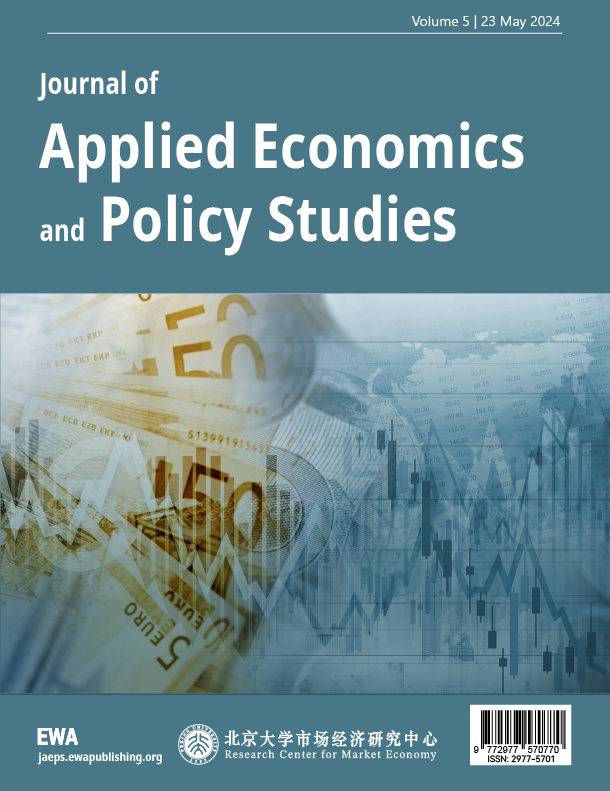References
[1]. Ministry of Finance of the People's Republic of China. (2018). _Announcement of the Customs Tariff Commission of the State Council on imposing additional tariffs on products originating in the United States_ (No. 5) [Announcement]. Original URL deactivated; archived version available at: http: //www.gov.cn/gongbao/content/2018/content_5326076.htm
[2]. International Monetary Fund. (2019). _RMB exchange rate statistics (2018)_ [Data set]. Retrieved from https: //www.imf.org/en/Data
[3]. U.S. Department of Agriculture. (2018). _World agricultural supply and demand estimates: June 2018_ [Report No. WASDE-568]. Retrieved from: https: //www.usda.gov/oce/commodity/wasde/latest
[4]. Li, J., & Huang, Q. (2021). The impact of Sino-US trade friction on soybean import prices: Evidence from Chinese customs data (2018–2019)._China Agricultural Economic Review, 13(4), 821–839. https: //doi.org/10.1108/CAER-10-2020-0255
[5]. National Bureau of Statistics of China. (2019)._China agricultural product price yearbook 2019_ [Data report]. Beijing: China Statistics Press. https: //doi.org/10.3969/j.issn.1006-2025.2019.00.05
[6]. Sun, C., et al. (2021). Sino-US trade friction and global soybean trade restructuring.Food Policy, 105, 102188. https: //doi.org/10.1016/j.foodpol.2021.102188
[7]. Wind Database. (2018). Correlation analysis between RMB exchange rate and commodity prices (2018) [Report]. Wind Information Technology Co., Ltd.
[8]. Zhang, L. (2024). Supply chain stability in Sino-US trade. Journal of Zhejiang University (Humanities and Social Sciences), 54(2), 78–89. https: //doi.org/10.3785/j.issn.1008-942X.2024.02.007
[9]. Liang, X. (2025), Tariff Policy and Soybean Supply [J].Grain and Oil Market News, (4), 12-15.
[10]. China Research Intelligence Co., Ltd.(2025) Global Soybean Market Volatility Under the Tariff War [R]. Beijing: China Business Report Hall.



